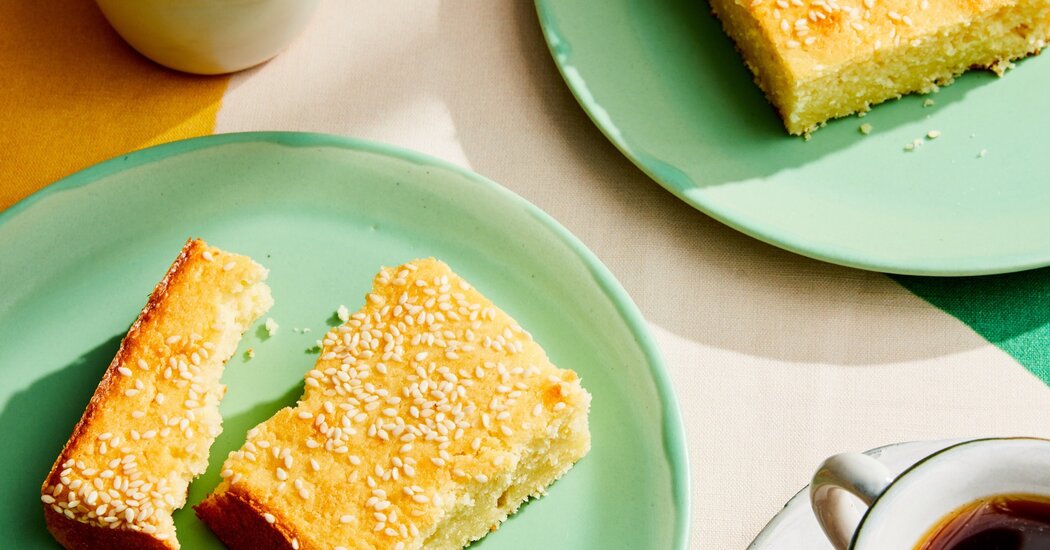
One suitcase was never enough. Each time Karla Tatiana Vasquez’s grandmother prepared to make the trip from Los Angeles to El Salvador, the country of her birth, word got out, and people came knocking — tías and tíos, friends, neighbors, “everyone,” Vasquez says — bearing gifts for the folks back home. There was suspense when her grandmother trundled into the airport, two or three bags in tow. “You can’t take this one,” she might be told. “It weighs too much.”
Then what to do with all the freed-up luggage space on the flight back? Fill it with ingredients, of course, that Salvadorans couldn’t get in Los Angeles. She would return with “almost the same amount in cheese — just cheese,” Vasquez recalls. This was queso duro blando, an aged cheese, resplendently funky, pale and hard but mysteriously airy within, as light as a held breath. Traditionally, queso duro blando is the salty kiss in a Salvadoran quesadilla, which, unlike the Mexican dish of the same name, is a sweet bread verging on cake, just savory enough for breakfast or a midafternoon pick-me-up. But when Vasquez was researching recipes for “The SalviSoul Cookbook,” published in April, she discovered that a number of Salvadoran bakeries in Los Angeles substitute Parmesan, because it’s more readily available and because it, too, has an unabashed frankness in scent and flavor. “Parmesan is so familiar to the Western palate, we don’t think of it as a funky cheese,” she says. The two cheeses “feel like cousins,” she muses, although to her palate, Parmesan is zestier and queso duro blando is earthier, maintaining its allegiance to the pasture.
Recipe: Salvadoran Quesadilla
None of her relatives had ever made a quesadilla, because it was so easy to buy back home. Its variations are almost endless, including ones based on rice flour, yuca flour or masa harina, for different calibrations of density and loft. Vasquez chose all-purpose flour as “the most accessible starting point,” she says. In her recipe, she beats egg yolks with sugar, then grates in queso duro blando and mixes it with milk and crema Salvadoreña, the thick top skimmed off fresh cream and left to turn gently sour. It’s akin in tang to crème fraîche, which may be used instead; in a pinch, Vasquez has even improvised with diluted yogurt. (She notes that some recipes call for up to five different kinds of dairy, and in El Salvador, bakers who are also cheesemakers may skip the crema and just add whey.)
Ideally, she says, you whip up the quesadilla after lunch, carefully melding the cheese mixture with sifted flour in batches, then folding in peaks of egg whites, a bit of trapped cloud for tenderness. Bake it in a buttered pan to a mottled bronze with a little burnishing at the edges. Let it cool, and by 3 o’clock it’s yours for the taking, between sips of hot, dark coffee.


